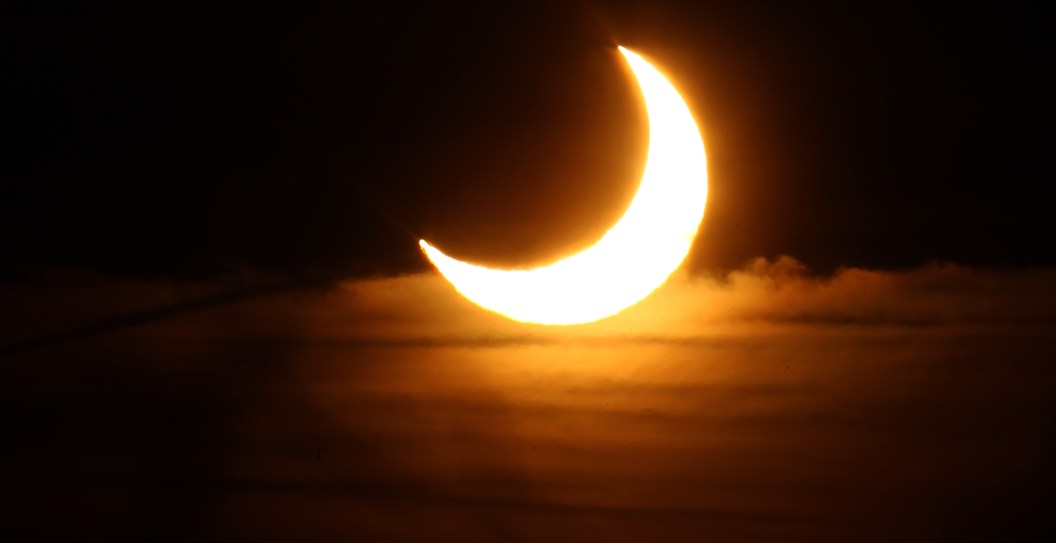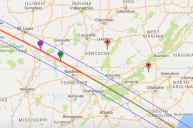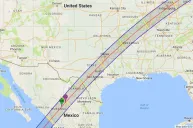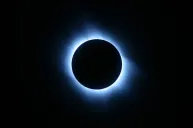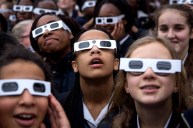No, it's not a sign of the apocalypse or some sex magic ritual (ew!). But NASA is firing rockets during the solar eclipse on Monday. The organization drew many theories online, but it's reasoning is pretty simple.
One person had an outlandish theory that NASA was conducting a ritual, according to USA TODAY. I'm not going to speculate on how that would exactly work, but no that's not the case. So I guess she can rest assured? "Sending a rocket to the moon is really just like a large-scale sex magic ritual," she said. "A rocket is just like a giant obelisk. The moon is the feminine aspect, so the obelisk to the moon - or a rocket to the moon - is a sex magic ritual." She also caption on social media, "So is this ritual, and all its synchronicities, a ritual causing mass psychosis?"
So with that out of the way, what is NASA really doing? Well, experiments of course. They want to see how particles from the sun affect the ionosphere of the planet. This could help scientists better understand what future solar activity could do to man-made structures in space like satellites.
"Understanding the ionosphere and developing models to help us predict disturbances is crucial to making sure our increasingly communication-dependent world operates smoothly," Aroh Barjatya, professor of engineering physics at Embry-Riddle Aeronautical University, told KSL.
NASA Conducting Experiments During Solar Eclipse
The rockets will reach 260 miles in altitude. The rockers will be measuring for changes in the ionosphere.
"We saw the perturbations capable of affecting radio communications in the second and third rockets, but not during the first rocket that was before peak local eclipse," Barjatya said. "We are super excited to relaunch them during the total eclipse, to see if the perturbations start at the same altitude and if their magnitude and scale remain the same."
In total, NASA will be conducting three different experiments. These rockets, WB-57s, will carry both a pilot and equipment operator above the clouds along the path of totality. They will experience nearly six minutes of totality.
Three different experiments will fly aboard NASA's high-altitude research planes known as WB-57s.The experiments will measure the number of charged particles in the ionosphere as well focus on the corona. Scientists will capture data about coronal mass ejections from the sun.
Amir Caspi, a scientist at the Southwest Research Institute, explained, "In the infrared, we don't really know what we're going to see, and that's part of the mystery of these rare observations," Caspi said. "Every eclipse gives you a new opportunity to expand upon things where you take what you learned at the last eclipse and you solve a new piece of the puzzle."
